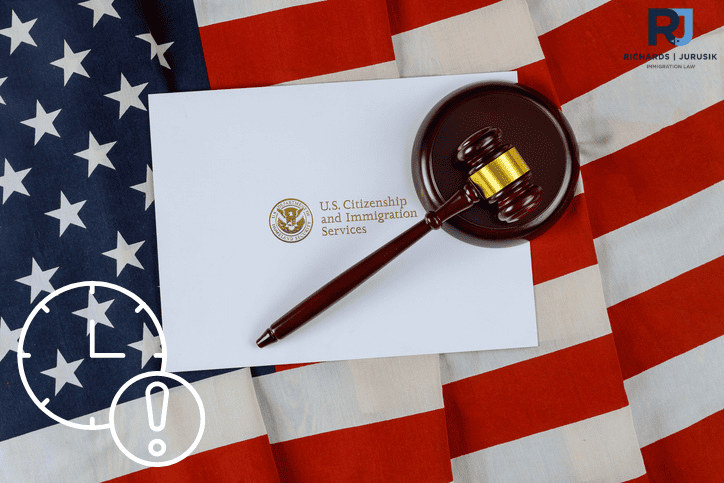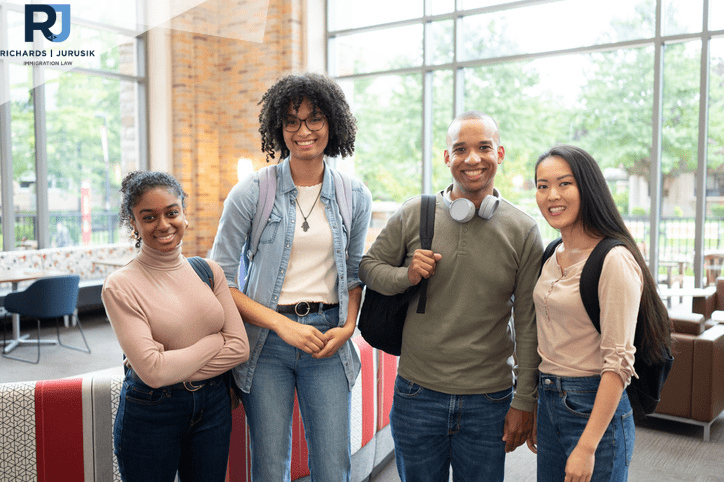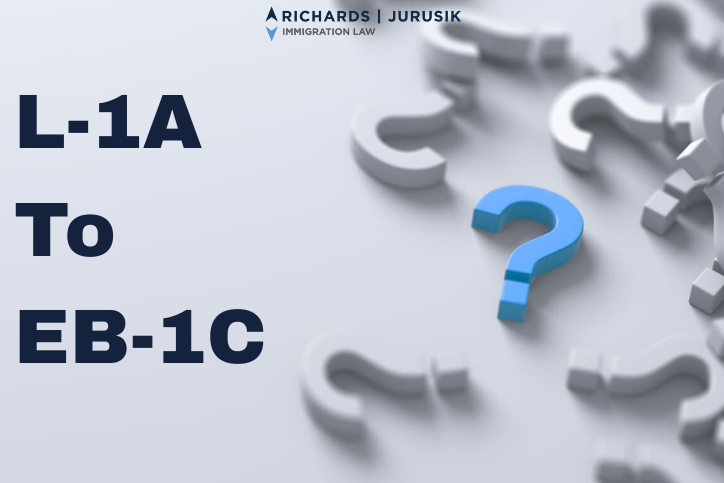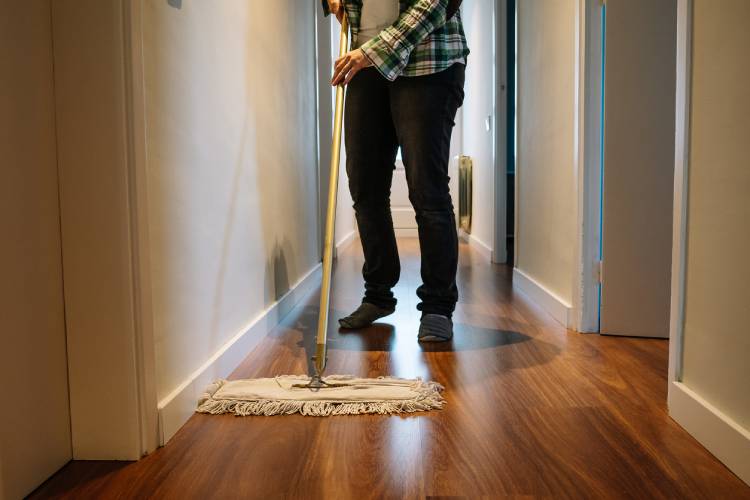Traveling to the United States on a nonimmigrant visa requires careful planning, especially when scheduling your visa appointment. Understanding wait times and knowing how to use tools like the Global Visa Wait Times Table can help you avoid unnecessary delays and ensure a smooth application process.
Early Application: Your First Step to Avoid Delays
The most important step is to apply for your visa as early as possible. Nonimmigrant visas, such as F, J, and B1/B2, often have varying wait times depending on factors such as location, demand, and embassy staffing levels.
Why Early Application Matters:
- Interview availability can fluctuate weekly based on seasonal trends and the embassy workload.
- Completing your application early gives you time to address any unexpected administrative processing delays or additional requirements.
How to Check Visa Appointment Wait Times
The U.S. Department of State provides a Global Visa Wait Times Tool that allows applicants to check the estimated wait time for visa interviews at U.S. embassies and consulates worldwide.
Types of Wait Times You’ll Encounter:
- Wait Time for Interview
- This is the time required to schedule a visa interview for categories requiring an in-person appointment, such as:
- F, M, J: Students and Exchange Visitors.
- H, L, O, P, Q: Petition-based workers and cultural exchange participants.
- C, D, C1/D: Transit and crew visas.
- B1/B2: Visitors for business or tourism.
- This is the time required to schedule a visa interview for categories requiring an in-person appointment, such as:
- Wait Time for Interview Waiver
- Some applicants may qualify to submit their documents without an in-person interview. This process is faster, but eligibility depends on factors such as visa category and prior visa history.
- The tool provides approximate processing times for submitting required documents, but mailing and adjudication times may vary.
Pro Tip: Check the specific U.S. Embassy or Consulate website for location-based updates and additional details.
Who Qualifies for an Interview Waiver?
Applicants may be eligible for an Interview Waiver Program (IWP) if they meet certain criteria, such as:
- Having a previously issued visa in the same category that has not expired beyond a specific timeframe.
- Being under a certain age (e.g., children under 14) or over 80, depending on the embassy’s policies.
- Being a citizen or resident of the country where the application is submitted.
Interview waivers save time and reduce the burden of scheduling an in-person interview. However, the U.S. embassy or consulate where you’re applying will determine your eligibility, so confirm the requirements before proceeding.
Expedited Interview Appointments: Who Qualifies?
Sometimes, unexpected circumstances require faster visa processing. Expedited appointments may be available if you face an urgent situation, such as:
- A medical emergency.
- Funeral or death of a close family member.
- School or university start dates.
Steps to Request an Expedited Interview:
- Complete the DS-160 form and pay the visa application fee.
- Schedule the earliest available interview appointment.
- Submit a request for an expedited appointment via the embassy’s scheduling system, along with proof of your urgent need (e.g., medical documents or school admission letters).
Important Notes:
- Expedited requests are reviewed case-by-case and are not guaranteed.
- Last-minute travel for leisure, weddings, or other non-essential reasons does not qualify for expedited appointments.
Understanding Administrative Processing
Sometimes, your visa application may require administrative processing before making a final decision. This additional step typically involves further background checks or document verification and can delay the issuance of your visa.
What You Should Know About Administrative Processing:
- If your application is subject to administrative processing, the consular officer will inform you at the end of your interview.
- Processing times vary depending on the complexity of your case. In some instances, it may take several weeks or months.
Best Practices to Avoid Delays:
- Apply at least three to six months before your intended travel date to allow for any unforeseen issues.
- Check your application carefully for completeness and accuracy before submission.
When to Inquire About Status:
If you have been notified of administrative processing, do not contact the consulate until at least 180 days have passed since your interview or document submission.
Key Resources for Visa Applicants
- Global Visa Wait Times Tool: Monitor current wait times for interviews and interview waivers.
Check Wait Times Here - U.S. Embassy and Consulate Websites: Find location-specific guidelines and procedures.
Find an Embassy or Consulate
Final Tips for a Successful Application
- Apply Early: The earlier you start, the better your chances of avoiding delays.
- Monitor Wait Times: Keep track of current wait times for both interviews and document submissions.
- Understand Eligibility: Review requirements for interview waivers and expedited appointments.
- Plan for Delays: Be prepared for administrative processing or unforeseen issues that may extend processing time.
Schedule a Consultation with an Immigration Lawyer
Citations
- List of US Embassies and Consulates
- Visa Wait Times for Canadian US Embassies and Consulates
- Nonimmigrant Visa Appointment Wait Times Worldwide
We Can Help!
You may have questions regarding U.S. immigration laws and visas. We invite you to contact our team at Richards and Jurusik for detailed guidance and assistance. We aim to provide the most accurate and up-to-date information to make your immigration process smoother and less stressful. The immigration lawyers at Richards and Jurusik have decades of experience helping people to work and live in the United States. Read some of our hundreds of 5-star client reviews! Contact us today to assess your legal situation.







